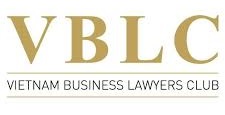Kicking off our series on efficiency in arbitration, our first article, Efficient Arbitration – Part 1: Metrics sets out our idea of an efficient arbitration:
Achieving the best possible outcome with the least amount of resources.
A balancing act.
A range of tools are available to focus the spending of resources. Resources should be invested, not wasted. The selection of the right tools to do so often falls to counsel. It is crucial that counsel is aware of the available tools, stays on top of new efficiency developments, and is experienced in selecting and utilizing the right tools for each case.
This article is the first of a two-part overview of efficiency tools, focusing on those available at the early stages of the proceedings. The second part will address efficiency in presenting evidence and at the hearing and post-hearing stages.
As our series continues, we will discuss our experience with various efficiency tools.
1. Preliminary Case Assessment
The course for an efficient arbitration can be set even before the arbitration is initiated.
A preliminary case assessment, involving a detailed review of the documentation and legal analysis, permits the drawing out of real issues and likely outcomes. The advantages of this are evident. To highlight a few:
- For matters of low value or with little chance of success, mediation or other forms of ADR may be the better means for resolving the dispute.
- Knowing the real issues informs the decision of whether to pursue joinder or consolidation, so as to avoid the cost of potential multiple proceedings (see “Efficiency at all cost – arbitration and consolidation”); and whether a simplified procedure applies or should be proposed (i.e. expedited or summary procedure).
- A thorough case assessment may attract stronger third-party funding. De-risking the dispute, third-party funding allows parties to pursue their claim without bearing all the costs and risks.
- Finally, one of the advantages of arbitration is that the parties are free to design the proceedings to fit their issues and needs. To benefit from that advantage, counsel should be aware of the real issues already at the outset of the arbitration.
Accordingly, early case assessment is an important efficiency tool. If utilized properly, it will save time and money in the long run.
2. Initiating the Arbitration
Already drafting the first submission to initiate the arbitration, often called the Request for Arbitration (RFA), raises important efficiency questions:
How much detail, and how much evidence, should actually go into the RFA?
This, of course, depends on strategy, and parties should tread on a case-by-case basis.
Generally, a shorter RFA may save time and money, but will require additional information in further submissions. The case may be perceived as weaker if less or no evidence is presented, hampering chances of early settlement. A more detailed RFA, on the other hand, may assist the tribunal in laying out a more tailored procedure. However, the respondent party may seek an extension for filing its equally detailed Answer (and potential counterclaim) (ICC Guide on Effective Management of Arbitration). Moreover, while possibly enhancing chances of early settlement, revealing the “smoking gun” in the RFA gives the other party significantly more time to prepare a rebuttal, which may jeopardize a favourable outcome.
3. Selecting the Tribunal
Once the arbitration is initiated, the next – and important – task is selecting the right arbitrators. Many considerations are relevant, in particular the arbitrators’ experience, background and preferences.
But personality may also play a role. In our experience, the efficiency of proceedings is greatly enhanced by arbitrators who, for instance, restrain “particularly litigious counsel” tempted to “take advantage of arbitrators who were softer; generously granted exceptions; always sought to achieve a compromise in lieu of simply deciding, and so allowed counsel to disregard set deadlines and procedures with impunity” (see Leon Kopecký and Victoria Pernt’s A Bid for Strong Arbitrators).
When selecting arbitrators, counsel may also seek confirmation as to their availability and commitment not to take on new appointments that may interfere with the efficient conduct of the arbitration.
4. Designing the Arbitration
The early stages of the proceedings lend themselves to designing the most efficient arbitration for the particular case.
Parties may agree on a fast-track schedule (with fixed deadlines) or page limits for submissions. Should subsequent submissions give rise to new issues, parties may schedule a further procedural conference to modify the proceedings accordingly.
An important tool gaining more and more traction is the effective use of the case management conference (CMC). The CMC aims to engage the tribunal at an early stage. It helps streamline the proceedings and determine and focus the real issues. The benefits are significant: focusing the real issues may simplify the arbitration, or even dispose of it altogether by encouraging early settlement (IBA Compendium of Arbitration Practice 2017).
… to be continued
The above are just some of the tools at the parties’ disposal in the early stages of arbitration. Counsel will have to determine in every case and at every stage whether and which of these tools to implement. That decision will be based on a cost/benefit analysis. A balancing act.
Importantly, no two tools and no two stages should be viewed in isolation. The efficiency tools adopted in the early stages will inform and affect the remainder of the proceedings – a stage we will explore in our next article.
Credits: Kluwer Arbitration Blog
http://arbitrationblog.kluwerarbitration.com/2018/07/13/efficient-arbitration-part-2-launching-an-efficient-arbitration/

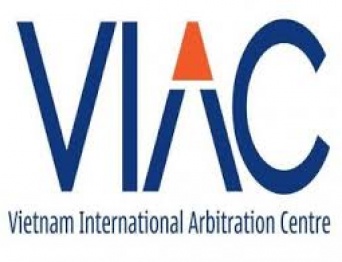


















.jpg)




.jpg)


.jpg)
























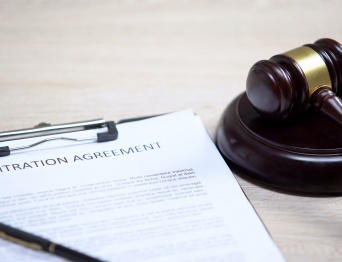




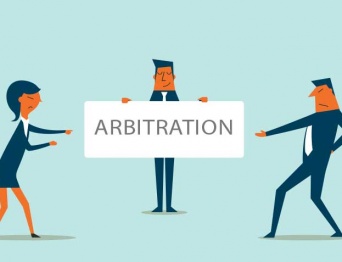





.png)
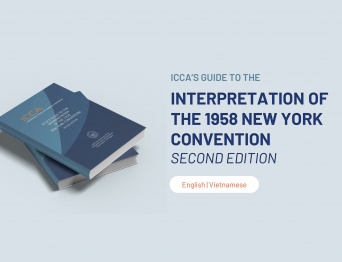







.png)

